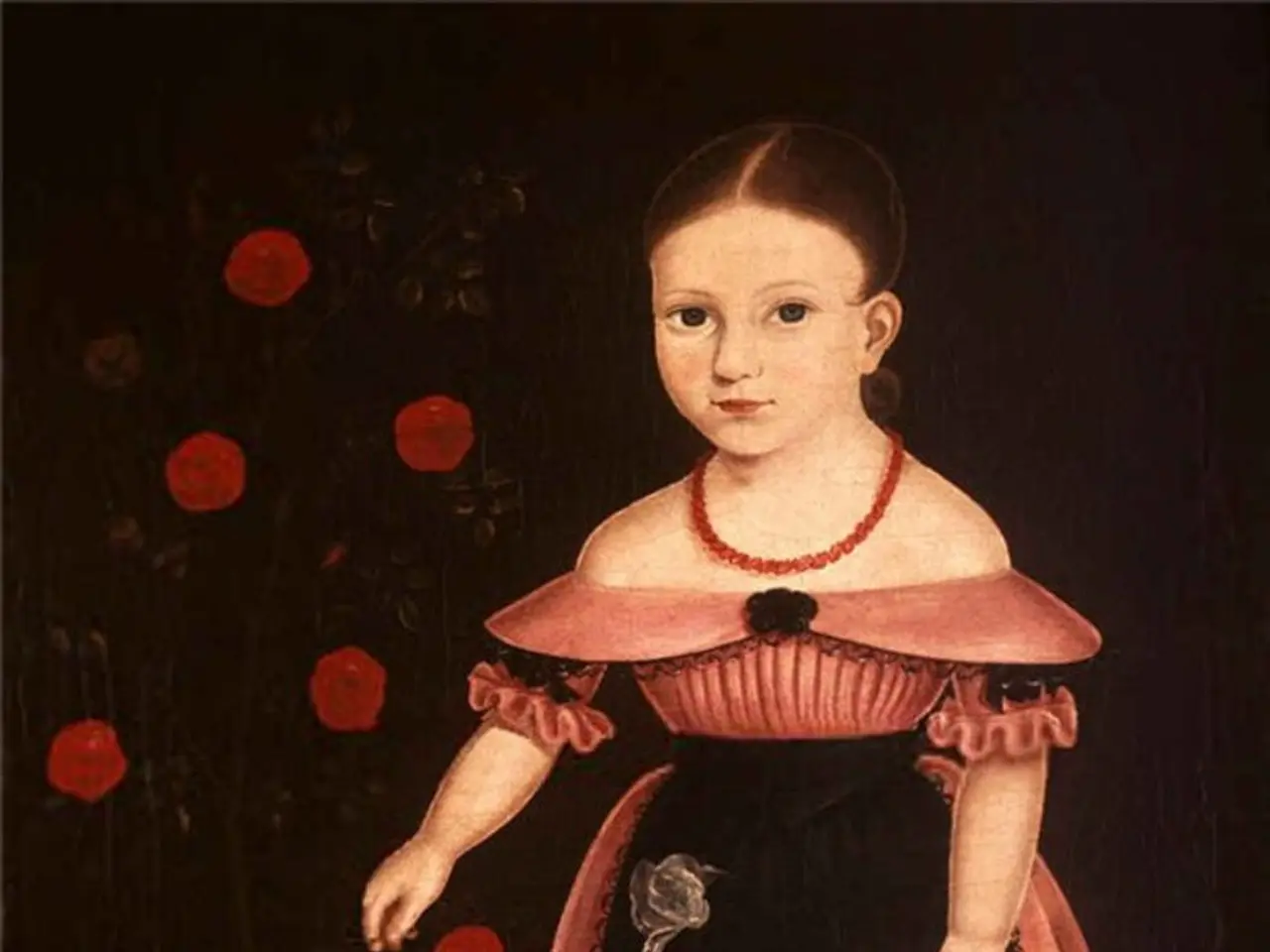Cultivating creativity and communication with the Reggio Emilia methodology
The Reggio Emilia approach, a pioneering philosophy in early childhood education, views children as capable, curious, and active learners who thrive through exploration, creativity, and collaboration. This child-led, project-based learning style emphasizes a learning environment that acts as the "third teacher," designed to inspire critical thinking, problem-solving, and safe risk-taking.
Key features of the Reggio Emilia approach include an emergent curriculum that evolves from children's interests, strengths, and lived experiences. Teachers observe and respond to their needs, creating meaningful, relevant learning opportunities. The role of teachers and families is also crucial, with mutual respect and partnership prioritized, and learning experiences customized based on children's curiosities and documented observations.
The approach fosters not only academic growth but also crucial socio-emotional skills such as cooperation, empathy, conflict resolution, self-regulation, and communication—all through hands-on, active participation and reflection. The environment itself is curated to support exploration and learning, filled with materials and spaces that encourage creativity and social interaction.
In Reggio-inspired environments, children are encouraged to follow their interests, ask questions, and develop their ideas over time. Educators value children's thoughts, viewing their expressions through sculpture or drawing as thought made visible. Teachers act as collaborators and observers, documenting the learning process and providing provocations to deepen thought.
Creativity, collaboration, and the environment are fundamental parts of learning in the Reggio Approach. Open-ended experiences allow children to bring their inner world to the surface, inviting them to ask "What do I want to say?" instead of being told what to create.
The "100 languages" of children, including light, thread, color, and story, are practical tools for development, adding depth to a child's thought. For instance, in Flip & Shine, children explore symmetry, inversion, and kaleidoscopic effects through a mirror installation. In Light Painting, children use flashlights and moving lights to "paint" in mid-air, discovering how light interacts with time, space, and movement.
Research supports the central principles of the Reggio Approach. Educational neuroscience backs the idea that creative activities help integrate cognitive, emotional, and motor development in early childhood. A study by researchers at the University of Cambridge found that teaching empathy through arts-based learning improves children's creative abilities and fosters critical thinking, self-regulation, and emotional awareness.
A long-term evaluation of the Reggio Emilia approach found that individuals who attended Reggio-inspired preschools showed significantly stronger socio-emotional skills in adolescence compared to peers who didn't receive early formal education.
When adults take the time to observe and document the learning process in the Reggio Approach, learning becomes visible, powerful, and deeply human. The Reggio Approach was developed in the city of Reggio Emilia in the '40s under the guidance of educator Loris Malaguzzi.
For further information, visit the Reggio Children Official Website, Project Zero - Visible Thinking at Harvard, The Hundred Languages of Children - Overview of the Reggio Emilia Approach, and Creativity in Early Childhood - Cambridge Bibliography on Creativity and Learning.
Children, immersed in the Reggio Emilia approach, actively participate in their education-and-self-development, utilizing their personal-growth and learning through exploratory projects that evolve from their interests. By following their curiosities and expressing their thoughts through various mediums such as sculpture or drawing, children foster crucial skills like cooperation, empathy, and communication, enhancing their overall socio-emotional development and personal growth.




